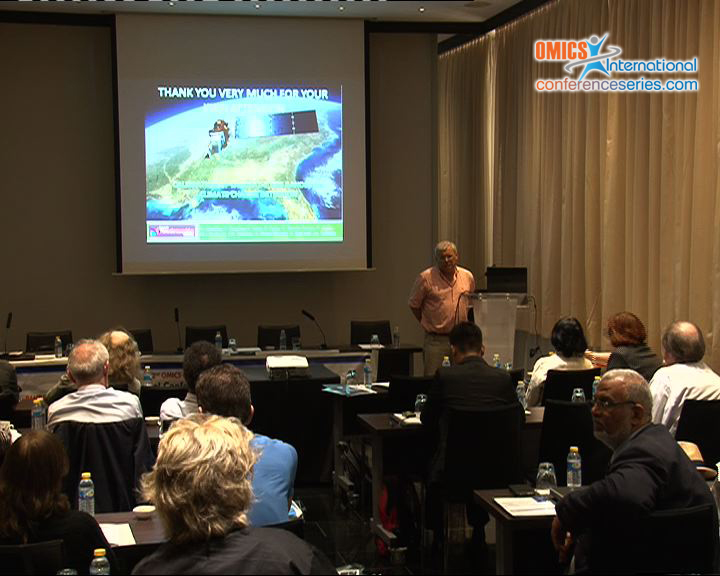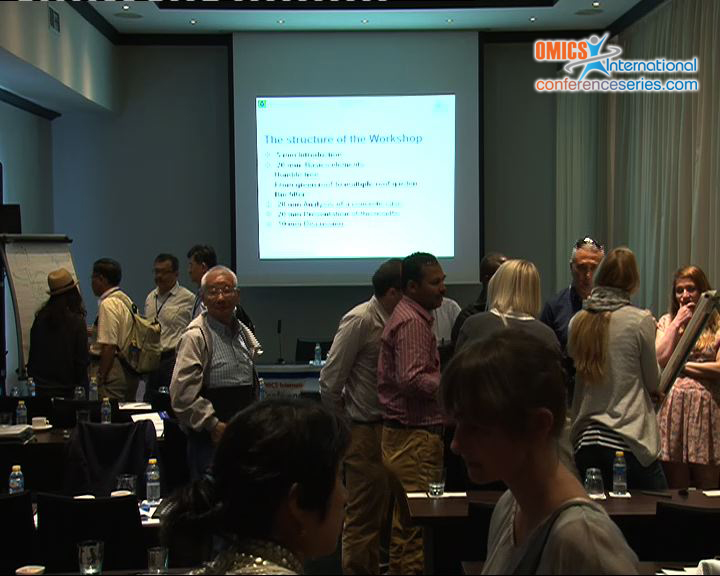
Vicente Caselles Miralles
University of Valencia, Spain
Title: Forestfires, Climatic Change and Remote Sensing
Biography
Biography: Vicente Caselles Miralles
Abstract
Forest fires are one of the main agents involved in the change of structure and function of ecosystems. Remote sensing techniques allow obtaining land surface information and monitoring vast areas affected by fire. In this work we used a set of 5 Land sat 5 Thematic Mapper (TM) images, of the years 2007-2008, covering an area of forest and shrubs, affected by a fire in the summer of 2001. Two control areas (non-burned) were established, representative of the pre-fire conditions in the burned areas. The simplified two-source model STSEB was applied to elaborate instantaneous energy flux maps, at the time of the satellite over pass. A Bowen station placed in the study site permitted a previous validation of the results. Regarding the energy fluxes the most remarkable is the increasing of more than 150 W m-2 at instantaneous scale, and 40 W m-2 at daily scale, in sensible heat flux, and the decreasing of more than 250 W m-2 (8.8 mm/day) at instantaneous scale, and 60 W m-2 (2.1 mm/day) at daily scale, in actual evapotranspiration, observed in the forested area. In the shrubs area, the fire effect is almost negligible after 6 years, since the vegetation regenerates.


